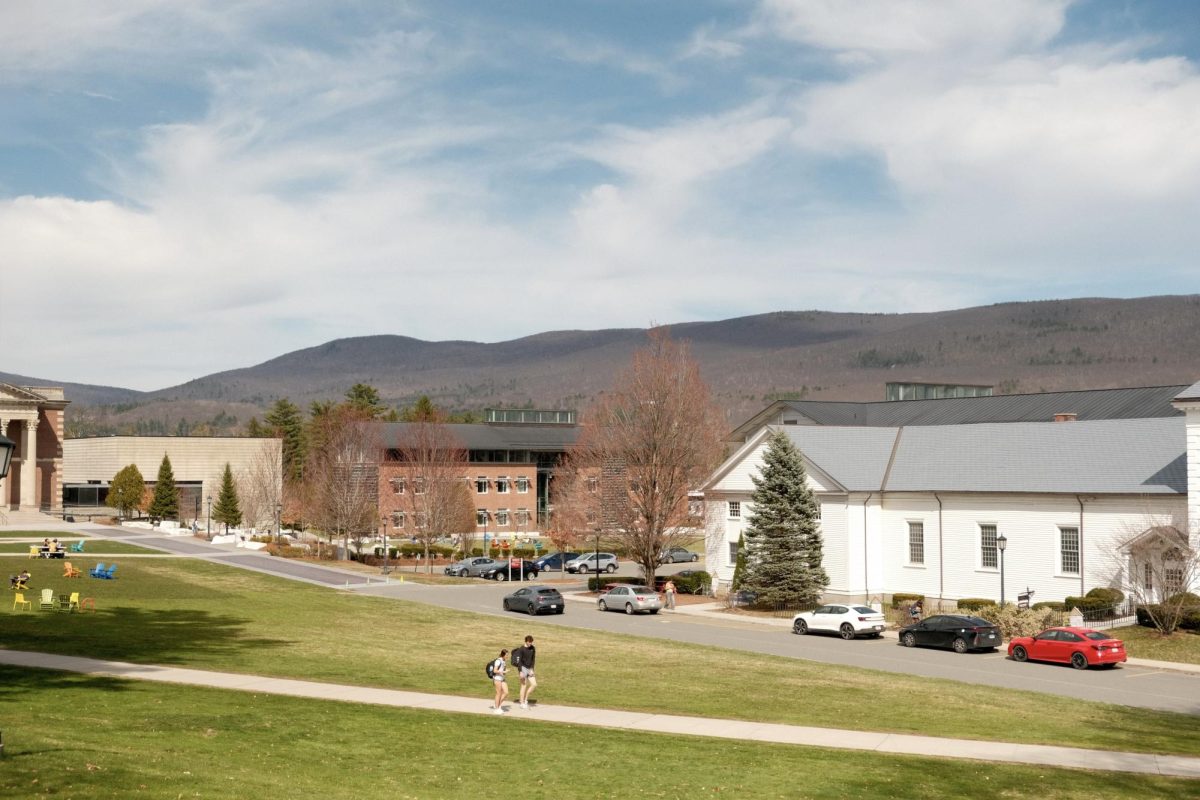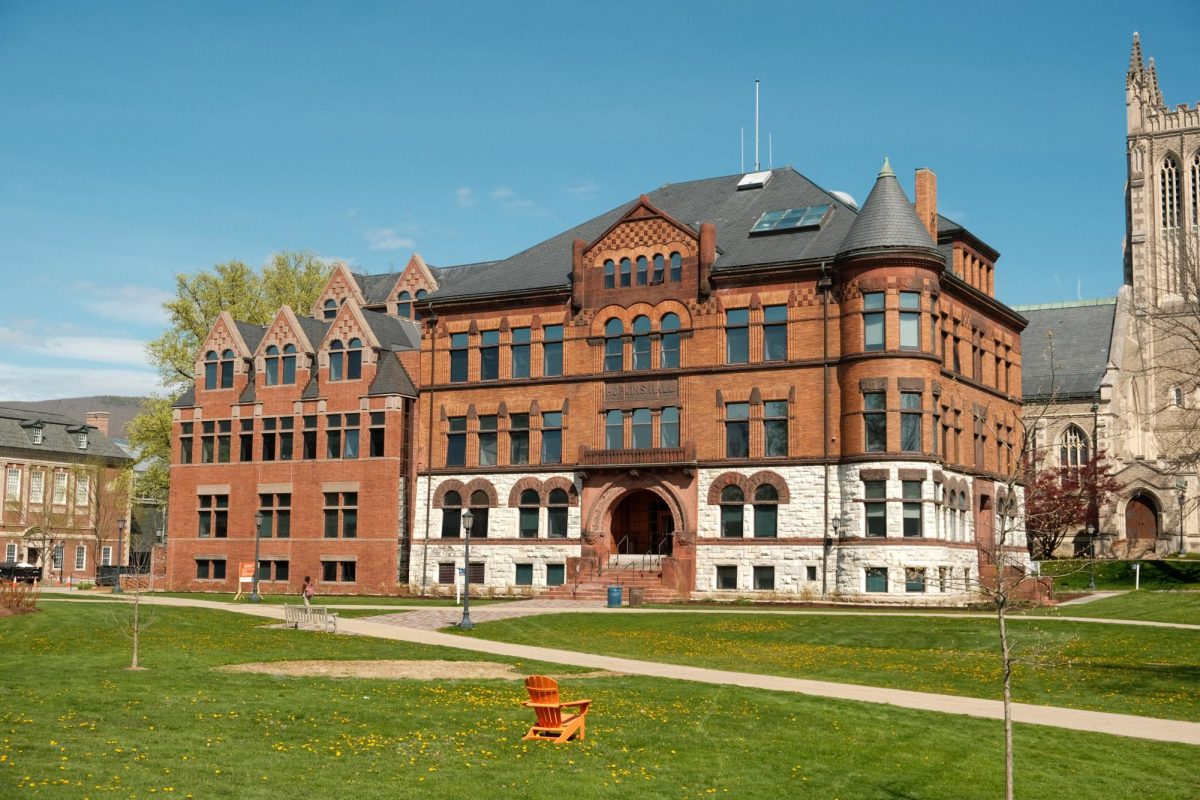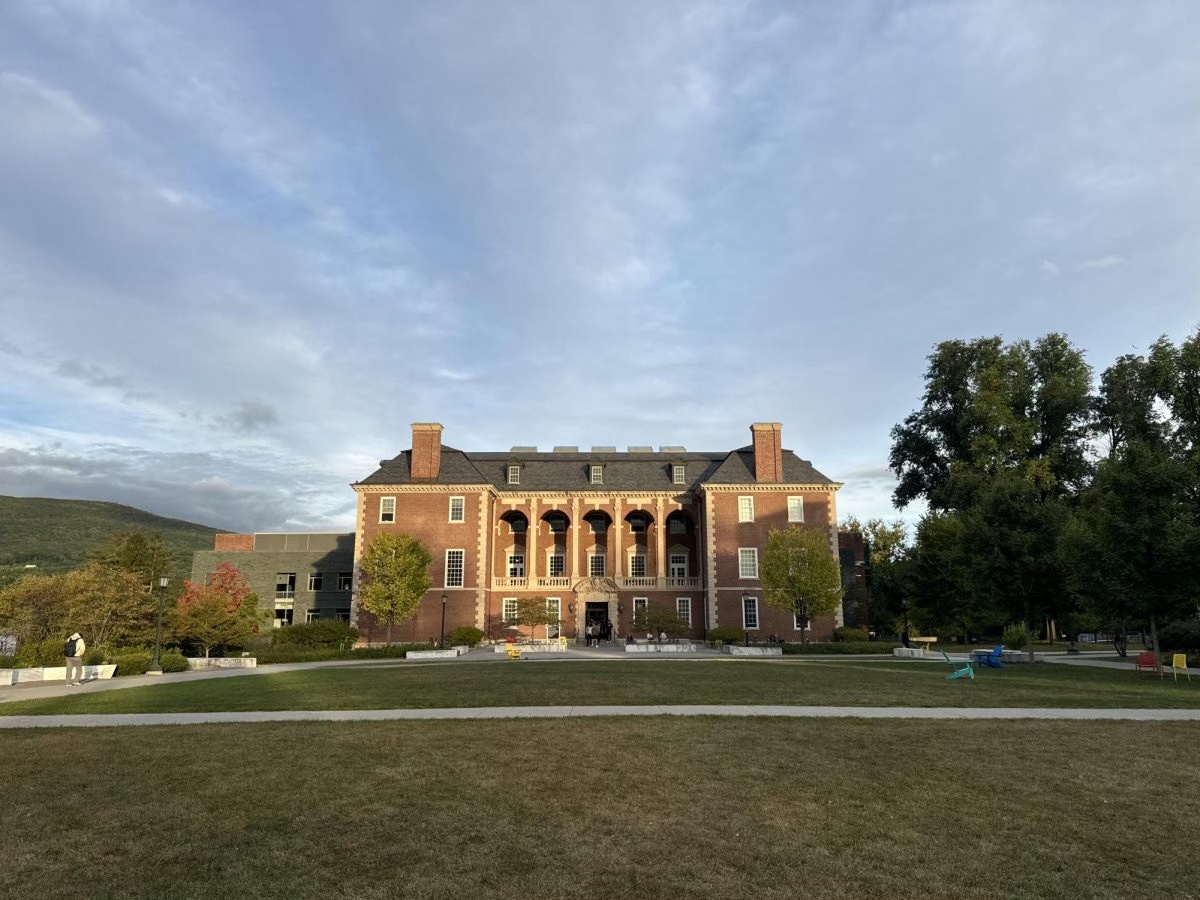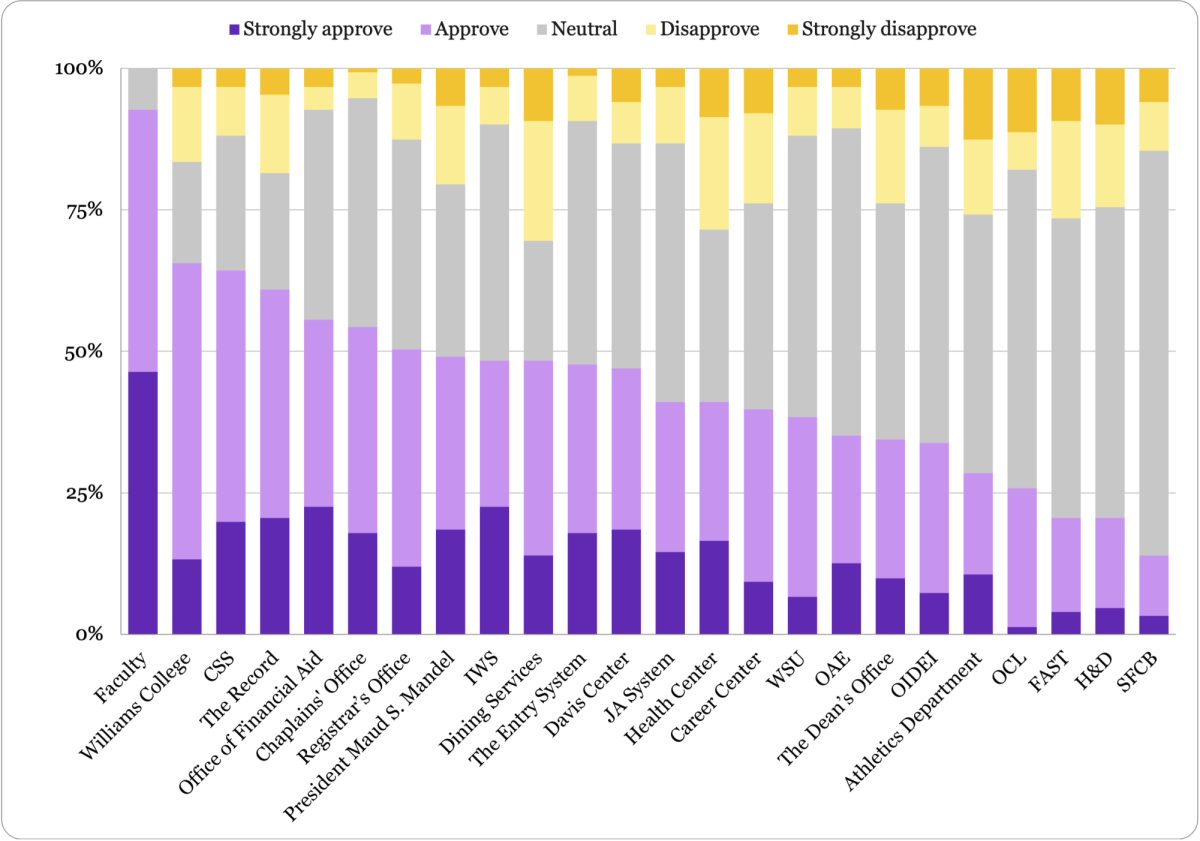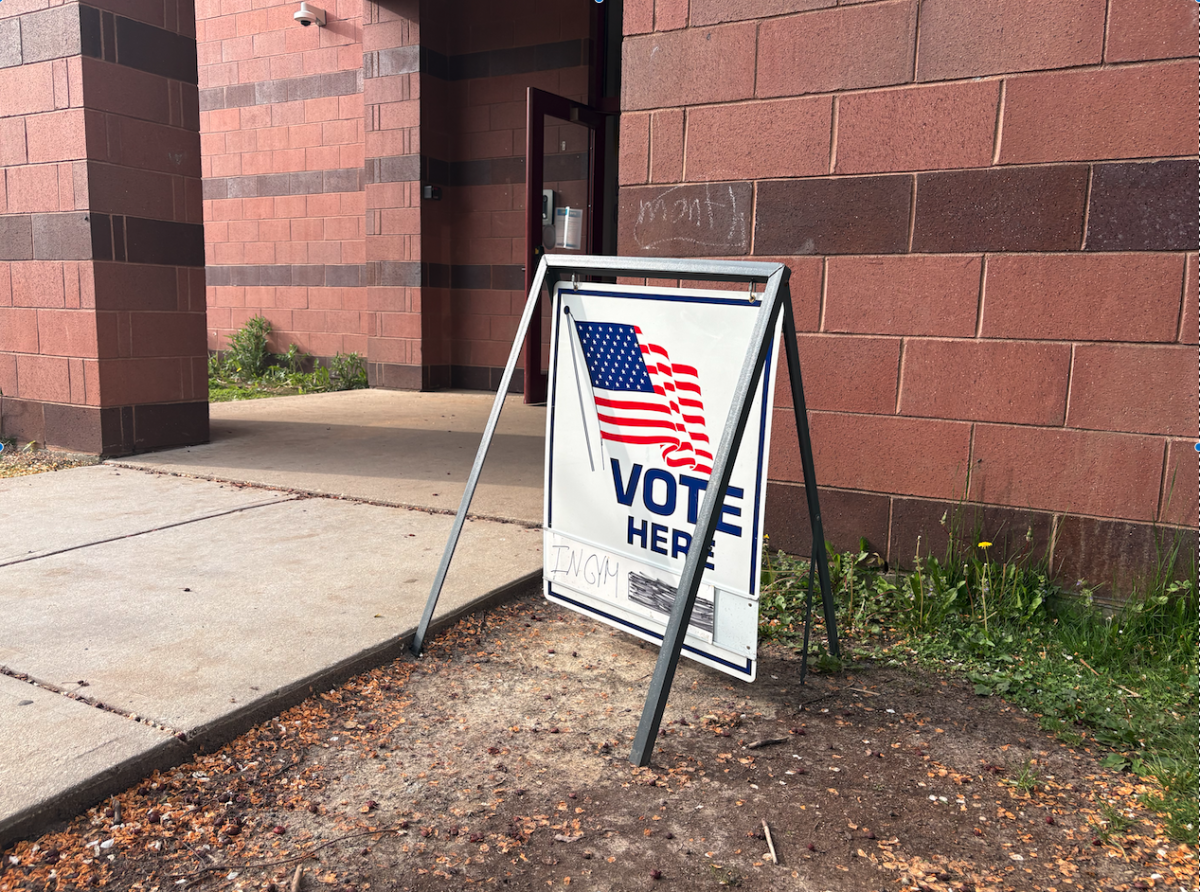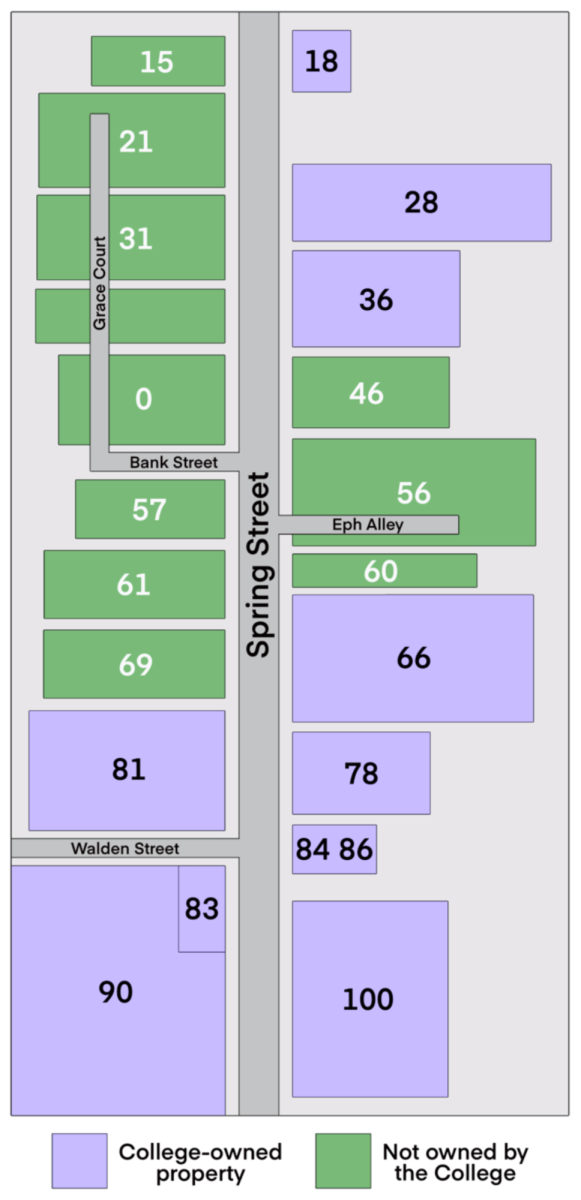Playing it safe: Spring sports are vital and can be low-risk
February 17, 2021
Each of Williams’ 2,100 undergraduates is more than a brilliant academic. Our college is an incredible place because the students have a diverse array of passions that drive them to be great. More than a third of students share a passion for a common goal: winning a NESCAC championship. That dream is in jeopardy during the pandemic. We understand that safety is the first priority, and athletes from all three seasons have come to terms with, and even supported, cancellations made in the interest of public health. The question of whether athletic competition is sufficiently safe was raised again in a recent NESCAC presidents’ meeting in which the committee refrained from making a final determination.
The delayed decision regarding spring athletics assumes that safety and athletic competition are mutually exclusive. The science that the College is using to make decisions says that they are not, and athletes are the chief advocates for making the necessary adjustments to keep COVID-19 from spreading during competition. Rather than shrinking at the fear of bad optics, Williams must be a leader and show the public that a safe sports season can be achieved.
No in-person activity is risk-free during the pandemic, but some sports can be modified to be extremely low-risk. The school has been forthright in stating that it is making its decisions based on Centers for Disease Control and Prevention (CDC) guidelines, which define “close contact” for COVID as being within six feet of an infected person for a cumulative total of 15 minutes over a 24-hour period. Yet even without additional restrictions, this doesn’t often happen for many spring sports. Golfers are almost completely unaffected if they play their rounds alone, and modifications to track and field events, such as leaving open lanes, can further reduce exposure. Spring sports are also played outdoors, and it has been well-documented that transmission risk is significantly lower in the open air. And although it should go without saying, every athlete can and should wear a mask.
I (Cole) am a baseball catcher, so I would be the only Eph who would potentially be in close contact with members of an opposing team during my games. I’m willing to quarantine before and after competition for the chance to play, and I’m not the only athlete willing to make a sacrifice to get on the field. In fact, it’s the student-athlete community driving hardest for restrictions on our own sports. Members from the Williams softball, tennis, golf, and baseball teams (including us) signed a letter to the administration expressing their desire to make temporary rule or protocol changes to keep themselves and the community safe. Among the proposed changes were moving baseball umpires behind the mound, having tennis balls touched only by the team that brought them, and banning all spectators and overnight travel for all sports and teams.
Travel is another legitimate area of concern since traditional transportation would necessitate an entire team to be in an enclosed space for hours. Many student-athletes live in the same pods, so rides could be made more safe by locating pods together in buses or separate vans. Those with cars could ease the burden by driving pre-approved groups if they are comfortable, opening up more space for distancing on buses or vans. Whatever the case, windows would be down at all times.
Furthermore, certain close-contact sports are still far safer than the other activities that the school either allows or turns a blind eye to. Assuming the Route 2 corridor is opened to students again this spring, people will be able to go into stores and restaurants in North Adams. They could easily talk to an untested and poorly masked person for more than 15 minutes while indoors. We worry more about transmission from travelers within Berkshire County than we would from an athlete who just arrived home from a match at Middlebury. The school has effectively not prevented students from gathering in large groups on the Paresky lawn and dining on Spring Street. If it chooses to let pods and waiters mix for a pizza, there should be no reason athletic competition should be scrapped. And we bet that if you ask any athlete on campus which privilege they’d prefer, they will tell you games over grub in a heartbeat.
Some people also tend to shy away from what is lost when COVID restrictions are levied without considering the full complexity of the situation. Student-athletes, like many extracurricular groups on campus, have had much of what gives us purpose taken away, and our mental health is suffering. It is hard to overstate how real of a problem this is. An NCAA study from May 2020 reported that “the rates of mental health concerns were 150% to 250% higher than that historically reported by NCAA student-athletes in the American College Health Association’s National College Health Assessment.” The stress of COVID spares none, and our stress relief lies in our sports and our teammates. It weighs on us just as it must have hurt when, during already dark pandemic days, someone told you that you couldn’t do many of the things that provide you comfort.
When a student-athlete tells you they’re aching to play, they are not telling you that they do not care about or want to get COVID-19. Health, both physical and mental, is the priority. But we believe that the way to maximize the broadly defined health of the student body is to allow us to compete. The administration has been overwhelmingly understanding and receptive so far, and we trust them to make the right decision, whatever that may be in the rapidly changing landscape of the pandemic. With conditions improving and the miracle of mass vaccination playing out in real time, we respectfully ask that the administration not bow to the naysayers and that non-athletes support their athlete peers in our endeavour to play, and to play it safe.
Cole Whitehouse ’23 is from Newton, Mass. Jakob Cohn ’23 is from Charlotte, N.C. Both are members of the baseball team.



